La Specola Observatory
This old medieval prison tower has been a site of astronomical research for more than 250 years.
Built in the 9th century as part of the medieval fortifications of Padua, the tower then known as Torlonga was used for centuries as a prison and torture hall. In the 14th century, it became part of the new castle of the ruling Carraresi family and was decorated with red and white paintings, which have sadly faded away with the centuries.
The castle was later abandoned and the tower was used as a warehouse for grain, straw, hay, and to store weapons and ammunition. The fate of the Torlonga changed when the government decided that Padua University needed an astronomical observatory, and that the Torlonga, the tallest structure in Padua, was the ideal place. In the 18th century, new observation towers were added above the structure, and the name was changed to La Specola.
The tower’s upper observatory, or Figures Room, is octagonal with high windows from which you can observe the sky to the horizon. This area contains various frescoes depicting the sky and some famous astronomers. The lower observatory, or Meridian Room, was used to read the noon on the meridian line engraved on the floor and to observe the stars passing on the celestial meridian. This room also houses a huge quadrant and a painting depicting the position of the objects in the Solar System on the day construction work on the observatory began in 1767.
La Specola quickly became one of the most important observatories in Italy and was used until 1942, when the Padua Astronomical Observatory moved to Asiago. During World War I, it was also used for the purpose of sighting enemy aircraft. Today, the observatory is open as a museum, housing a library, archive, and a collection of telescopes, globes, clocks, and other astronomical instruments that were brought here from around the world during the nearly two centuries of activity. The lower part of the tower is also used to house the offices and laboratories of the Department of Physics and Astronomy of Padua University and the Italian National Institute for Astrophysics.
Know Before You Go
La Specola (officially called the Museum of the Astronomical Observatory of Padua) is open on Saturdays and Sundays and mid-week holidays starting at 4 p.m. in winter and 6 p.m. in summer. Admission is 7 euro. School or group visits can be booked in advance.


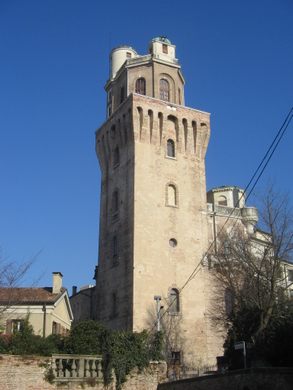
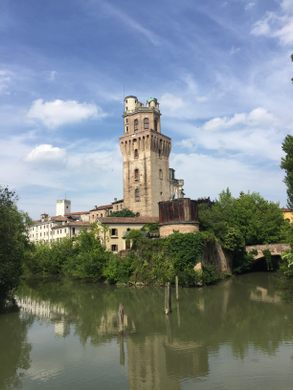






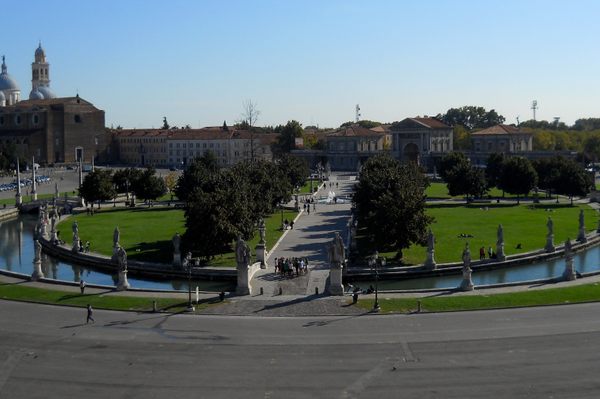

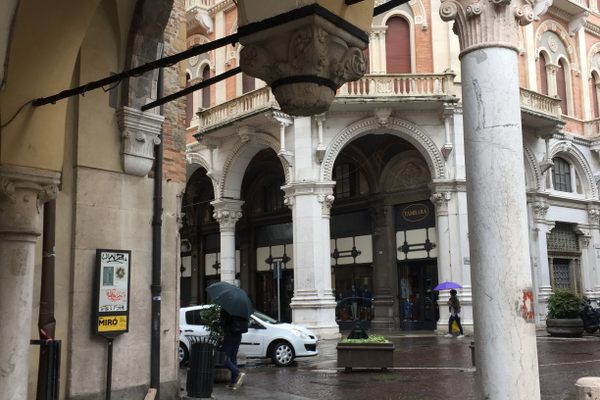
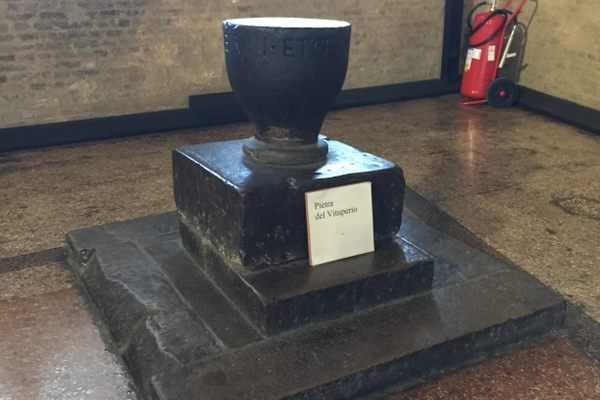
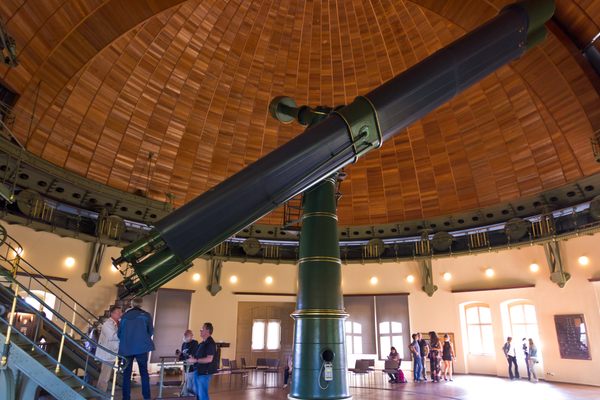

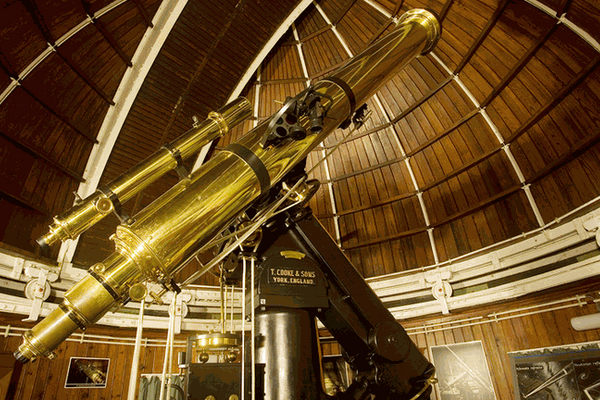

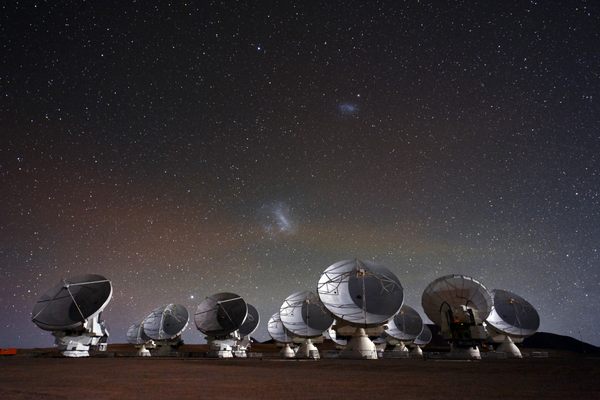

Follow us on Twitter to get the latest on the world's hidden wonders.
Like us on Facebook to get the latest on the world's hidden wonders.
Follow us on Twitter Like us on Facebook